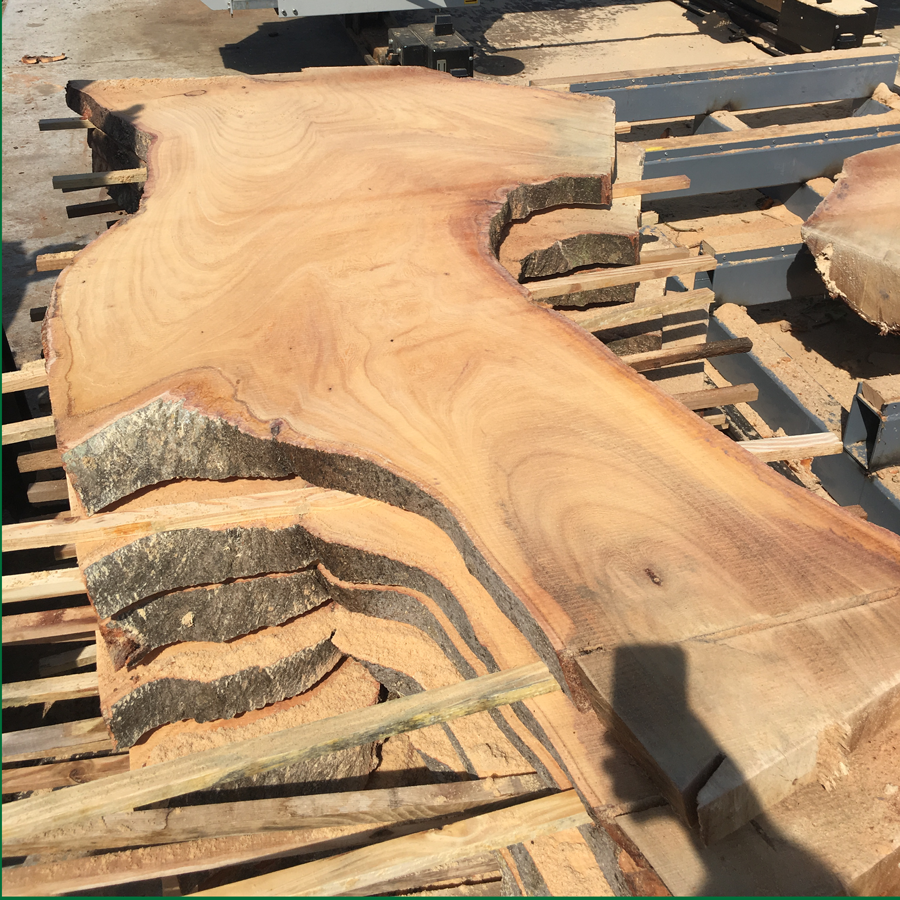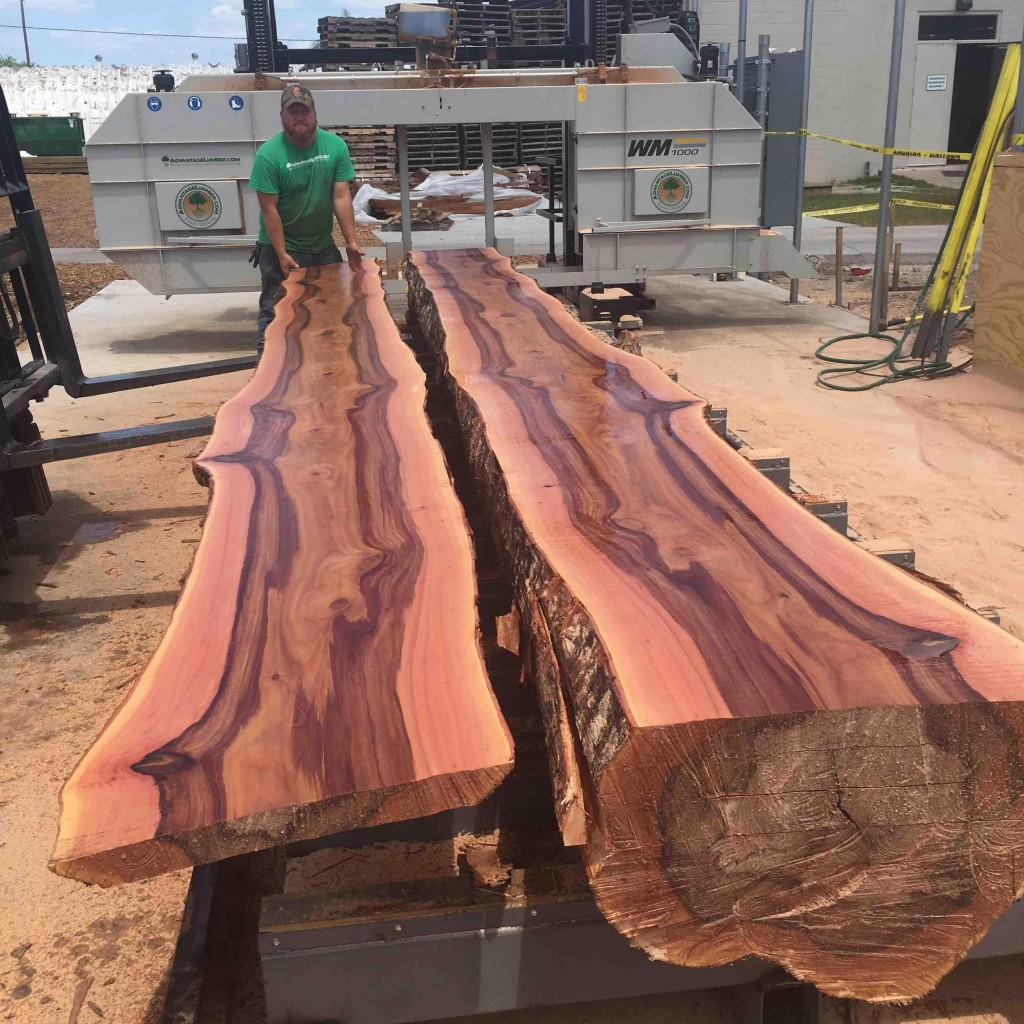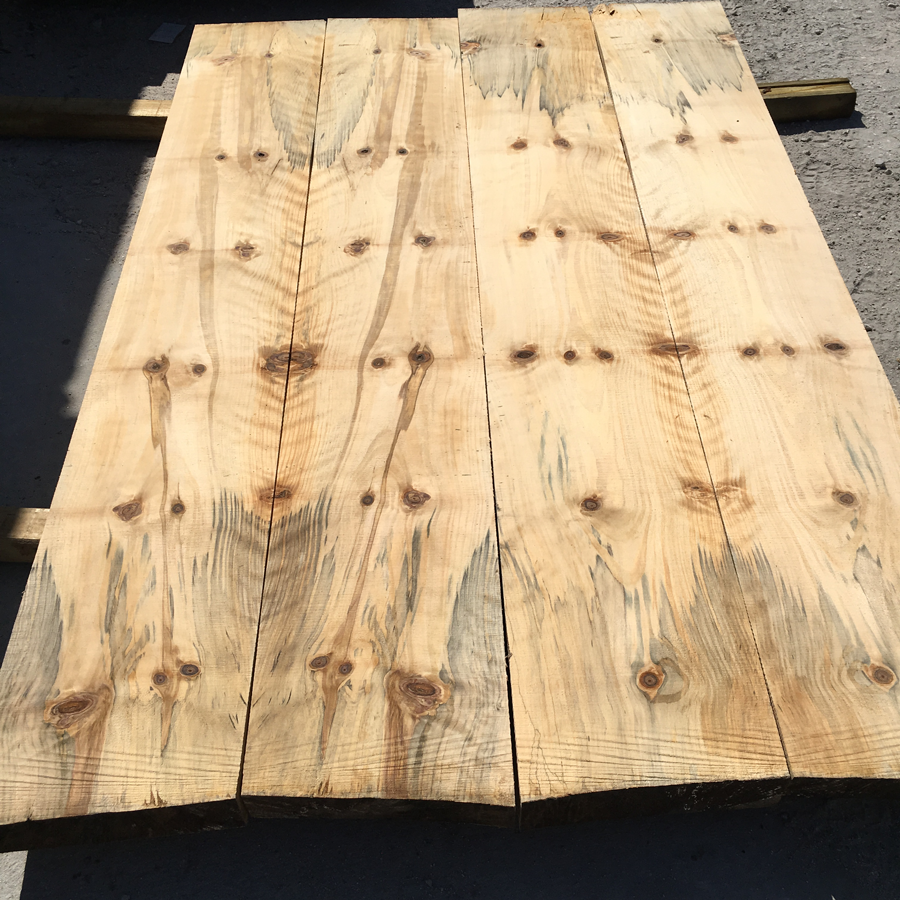
Common Name: | Banyan, Chinese banyan, Malayan banyan, Taiwan banyan, Indian laurel, Curtain Fig, or gajumar, Cuban laurel |
Botanical Name: | Ficus benghalensis |
Indigenous to: | Asia-through out the forest tracts of India, both in sub-Himalayan region and in deciduous forests of Deccan and other parts of South India but frequently cultivated elsewhere in the tropics. |
Modulus of Rupture: | 14,710 lbf/in2 (101.4 MPa) |
Shrinkage: | Radial: 4.8%, Tangential: 7.4%, Volumetric: 13.2%, T/R Ratio: 1.5 |
How is it dried: | Info coming soon |
Is it dried quickly: | Dries easily, liable to warp |
Stability: | |
Exterior Wood Recommendation: | Perishable. Timber is not durable in exposed condition but quite durable in dry places and under cover. |
Fastening Method: | |
Ecosystem impact: | This wood species is not listed in the CITES Appendices or on the IUCN Red List of Threatened Species. |
Toxicity and allergic reactions: | The latex of various species of Ficus can cause allergic skin reactions and contact with the eyes should be avoided. |
Odor: | No characteristic odor. |
Product we manufacture using this species: | Wood Slabs |
Other common uses: | Boxes Building poles Carpentry/joinery (exterior/interior) Cases Containers Furniture Posts Pulp Roundwood |
Susceptibility to | |
Dry Wood borers: | Info Coming Soon |
Fungi: | Info Coming Soon |
Termites: | Info Coming Soon |
Treatability: | Easy |
Janka Hardness: |






